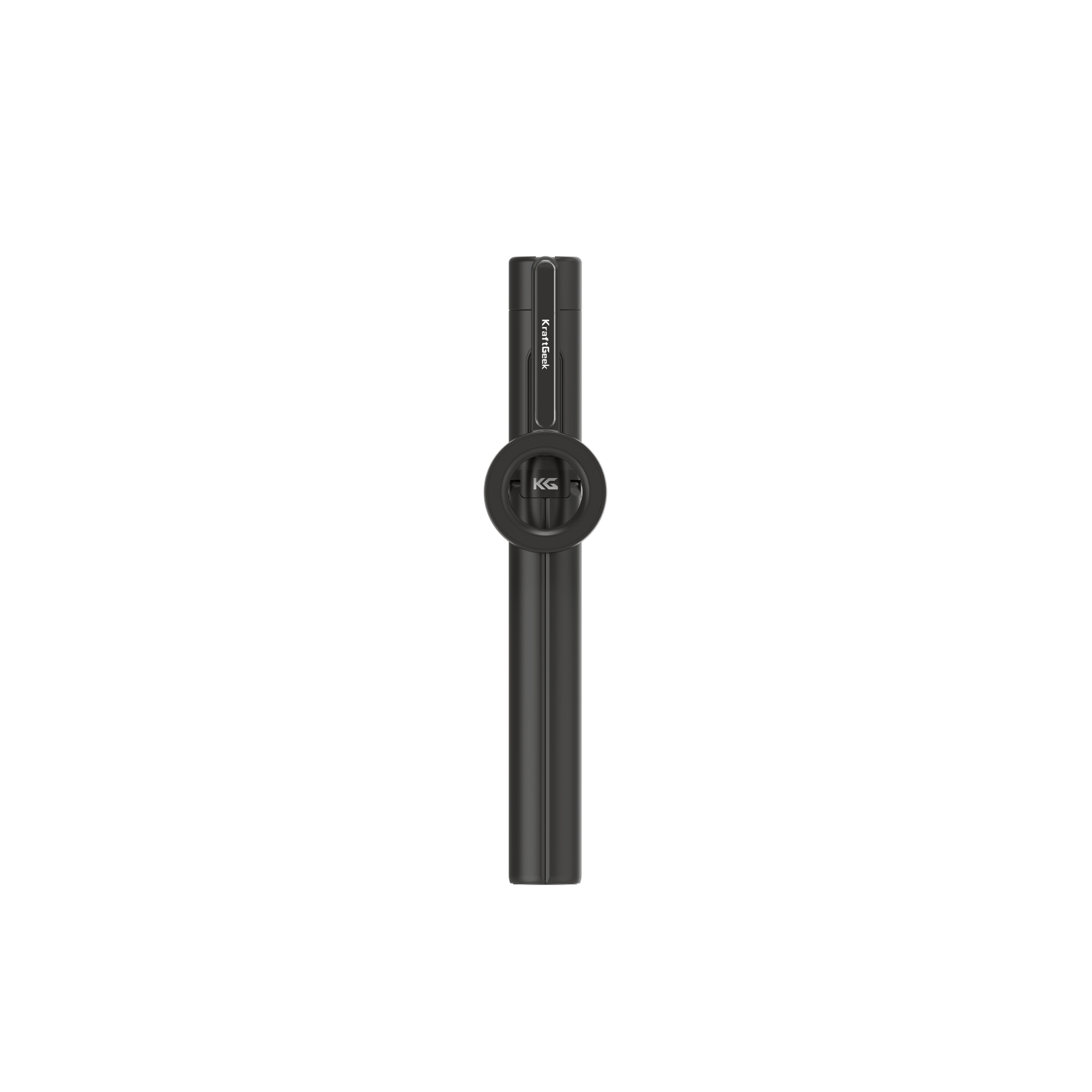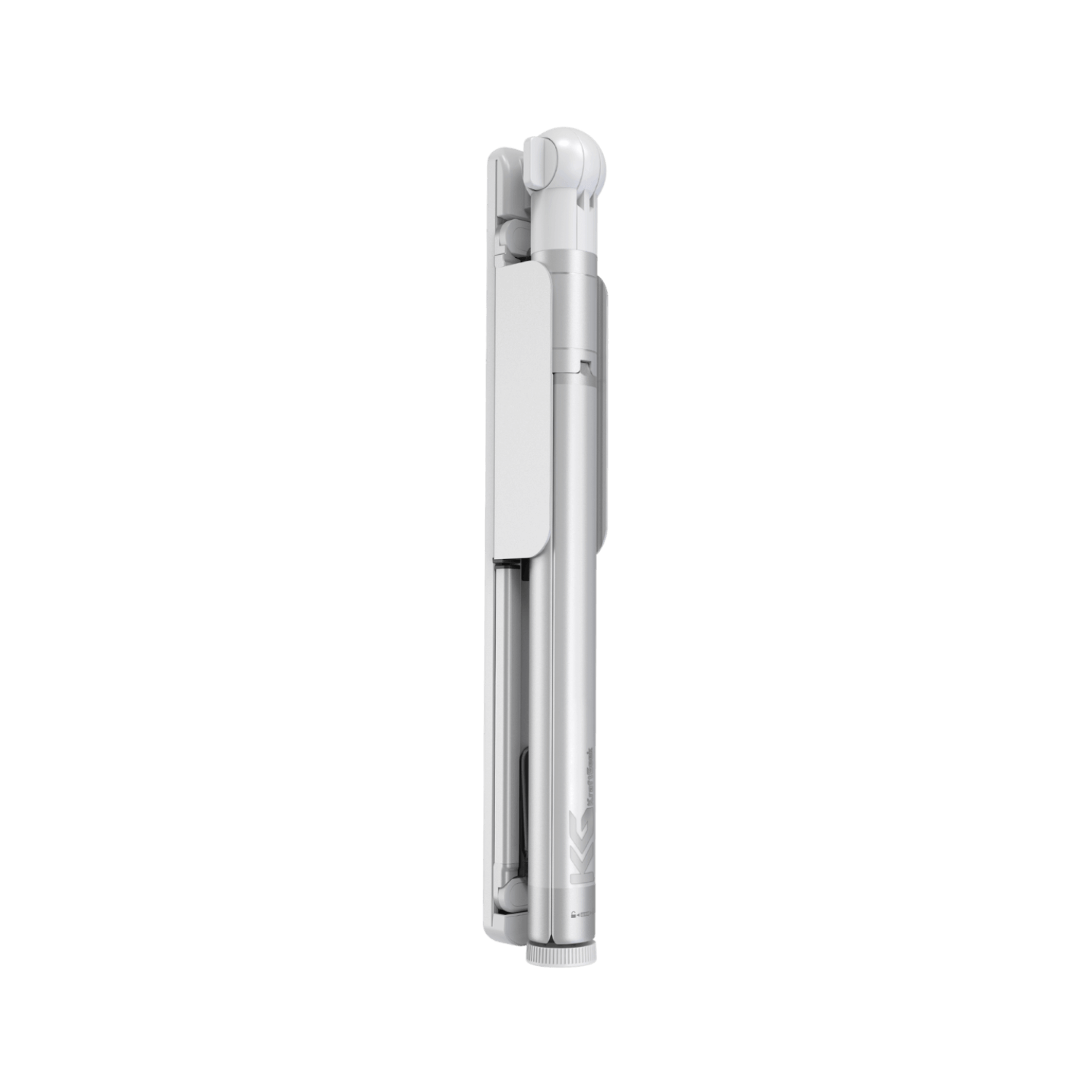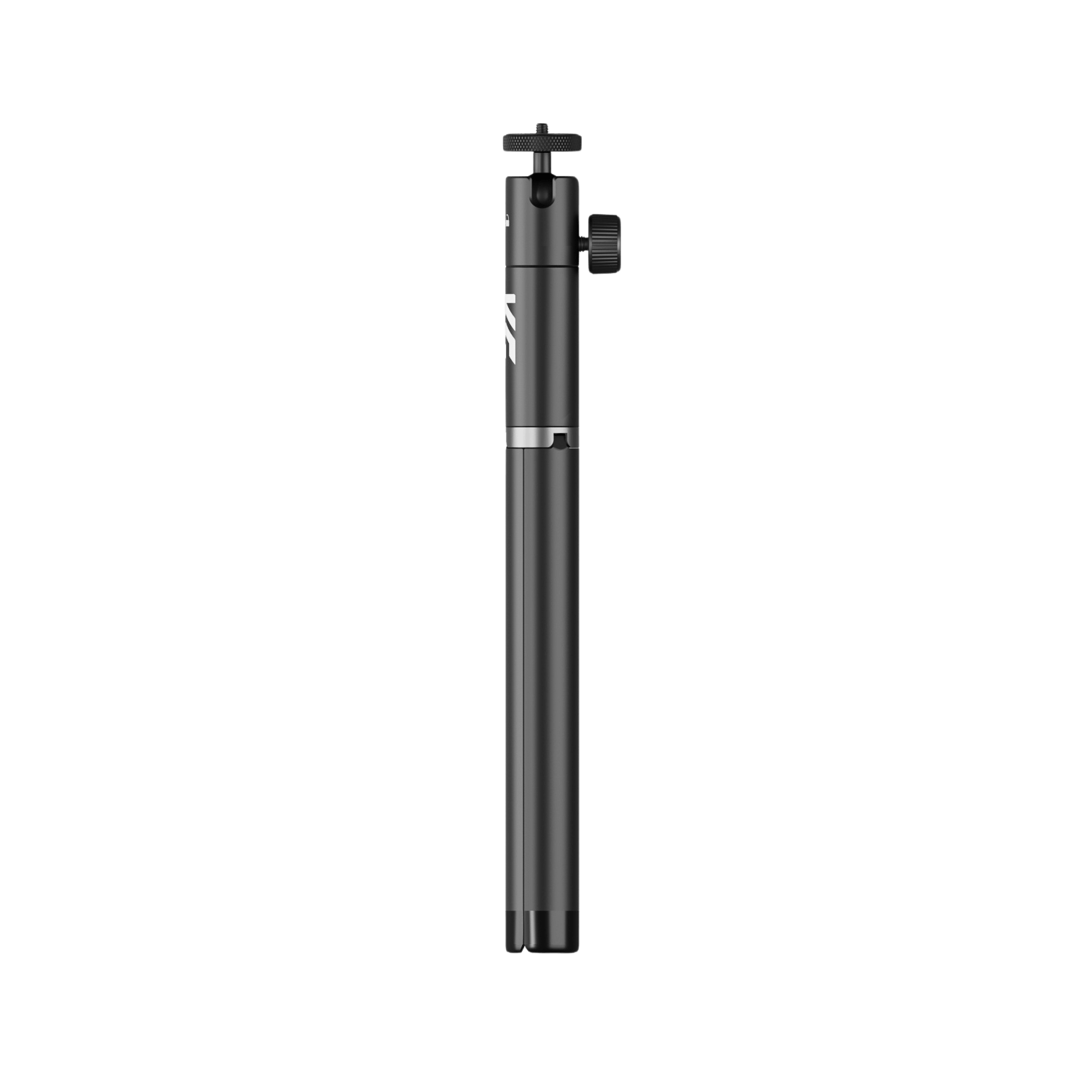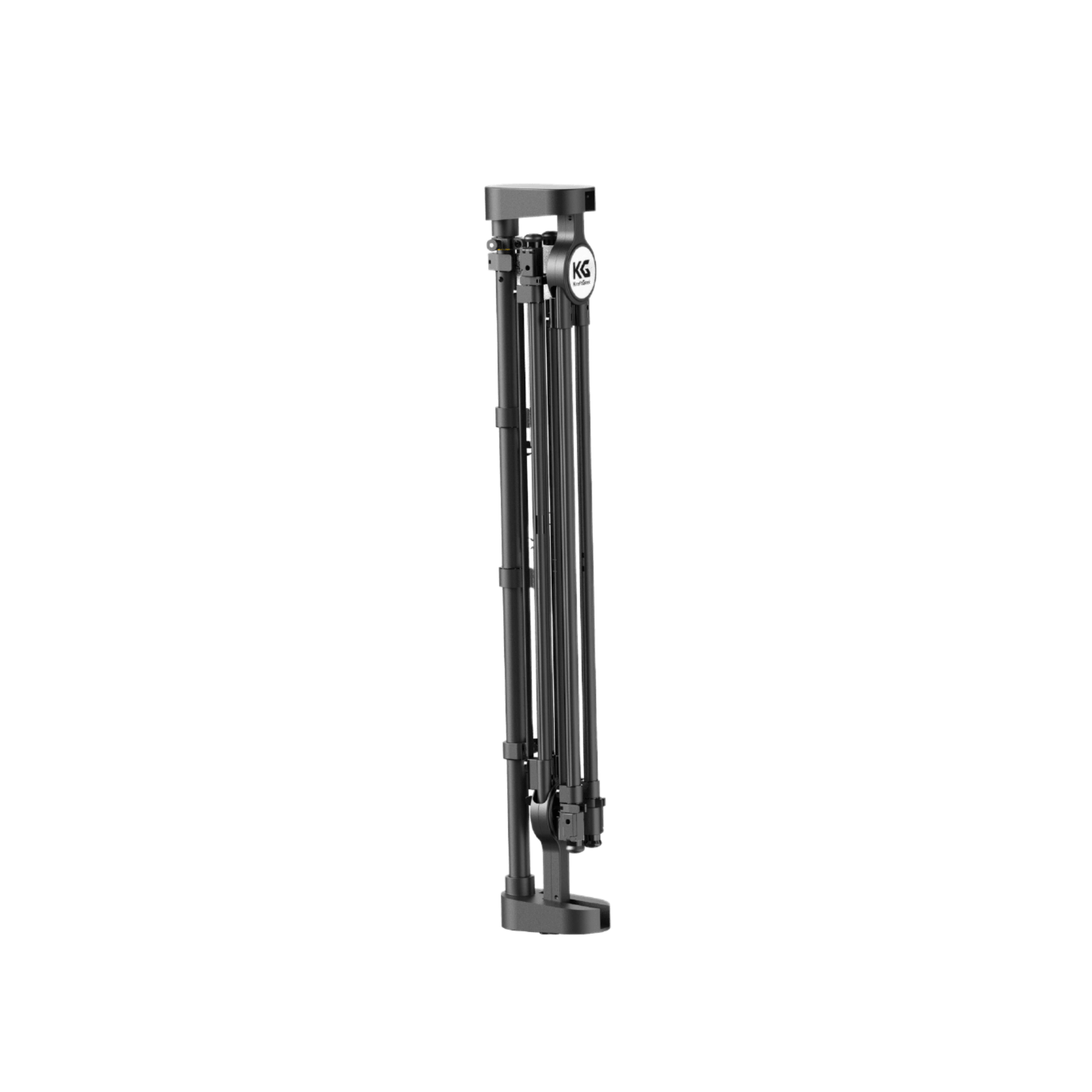Becoming a violin master requires persistence and appropriate practice. The journey is a never ending one, always moving towards refining one's playing. Without any hesitation, you will grasp an essential concept of learning the instrument: that any piece consists of certain elements and can be studied in fragments. You will also get to know how to play to the beat with a metronome and how much perfection in bow usage may reward you by adding beautiful colors to your interpretation.
Strategies for Efficient Violin Practice
1. Break Music into Smaller, Manageable Sections
One essential strategy for an efficient violin practice is to take the music, written to have large range of notes, and separate them into smaller groups. Explain the way in which the act of splitting up a piece into its small bits helps you do that by allowing you to concentrate on different parts, thus improving your muscle memory as well as knowing the music better.
Such a way provides a possibility to work on the parts you find difficult, be focused on some issue using the technique or learning a single task/action. Another important role of being immersed in the process of decoding each phrase or motif is that it enhances your appreciation of the intricacies of the piece and makes you able to express its nuances by every word.
2. Practice Slowly and Methodically to Improve Fluency
Practicing slowly and being able to play them with ease is the first step in your playing journey, without much hurry and carefulness in execution. Not haste to keep up with the pace of reading and the poor quality of each line accumulates, but rather explore the series of notes deliberately, carefully.

Bearing in mind intonation, articulation, the parts of both loud and soft dynamics and striving to perfect them all is of utmost importance for you. With repetitive but mindful techniques, your technical skills will be more enhanced together with you developing a deeper musical understanding and this will result in your playing becoming more emotional and expressive.
Using the Power of the Metronome
The metronome has the great feature of serving as a steadfast guide always providing you with a fixed rhythm so you can match up your play to it. Using a metronome or practice in lock-step rhythm helps to heighten time and rhythm awareness, which makes it easier to maintain a steady tempo as well as play various rhythmic patterns with accuracy.
Among instruments with a time-keeping function, the playing rhythm of the metronome being added to your practice routine should start off with an easy tempo. Thus, you can concentrate on each note being played rightly and clearly, and not be involved in a rush and overwhelm, since you will have time to determine every aspect of the music.
As you become more and more comfortable playing at a slower tempo, add a bit faster speed of the metronome, first in small periods and then gradually in bigger increments. Consequently, this wise way teaches you how to push your limits without coming across as low on precision or quality. As you adjust to playing with a faster tempo, its strengths will be well recognized in the form of increased speed, dexterity and utter control of rhythm.
Mastering Bowing Techniques
Refining bowing patterns is a cornerstone of advanced violin technique as it directly impacts tone quality, articulation, and expression. With good bowing skills, a violinist achieves a full, vibrant sound where clarity and exactitude are maintained. This contributes to the richness of their performances' musical parts.

One effective exercise for enhancing bowing proficiency is playing scales with dotted rhythms. Start by playing the scale with even eighth notes, then gradually introduce dotted rhythms, alternating between long-short and short-long patterns. This work gives a stringent check on your bow control and coordination which is necessary for you to have a pleasantly flowing, smooth and consistent bowing technique.
Experiment with Bow Speed
One of the techniques to fine-tune your performance is the variation of bow speed. Experiment with slow, deliberate strokes for expressive passages, and quick, agile strokes for lively, energetic sections. By adjusting the speed of your bowing, you can create subtle changes in tone color and texture, enriching your interpretation of the music.
Explore Bow Placement
The bow's position on the string is what ultimately impacts the tone being produced by the instrument. Try playing nearer to the bridge in order to emphasize the brighter and more focused tone. Also, try playing closer to the fingerboard to discover the warmer and mellow sound.
Playing the violin also offers to opportunity to experiment with different bow placements, permitting you to customize your sound in accordance with the character and mood of the music, resulting in layered and rich rendition.
Incorporate Articulation Techniques
Vocalization methods like staccato, legato, and spiccato can give clarity and definiteness to your playing. First, practice these techniques individually, concentrating on precision and control. Then, integrate these skills into your overall performance.
Utilizing Recording and Mirror Techniques
You can also take part in your own practice sessions by recording them, which is simply a chance to do an objective evaluation of your playing from the outside. Through repeated listening, you will clearly see both your weaknesses and strengths including, for example, some fragments that require smoothing out, and specific techniques that require further correction.
Besides that, using a mirror to get feedback on posture, bowing application and general body alignment is also a nice way to do it. Watch yourself play in the mirror with a focus on observing your posture to make sure your wrists are not collapsed, your shoulders do not have tension and your bowing is equally distributed to avoid common mistakes.
Building Muscle Memory and Mastery
Repetition is a technique that involves the repeated manifestation of certain moves, gestures, or patterns, which in turn lead to the creation of neural roads in the brain. As these pathways are reinforced through repetition, they become more efficient and automatic, leading to the development of muscle memory.

Through the process of muscle memory, violinists can readily play out their challenging tasks with increased ease and speed. This also frees up their cognitive resources for higher-level musical interpretation and expression.
When difficult passages or techniques come to weaving, it’s important to repeat them as many times or as little as possible. One of many methods is to deconstruct hard parts into smaller pieces or manageable segments and first learn each segment and after integrate them into the comprehensive puzzle of the piece.
Maintenance Tips For Your Violin
Proper instrument care not only protects the investment you've made in your violin but also demonstrates that instrument in a better sound projection, tonal richness, and general playing comfort.
Use a Violin Stand or Music Stand
While not being used, take care of protecting the instrument from possible accidents or picking from the ground in the form of accidental damage or fallout. In place of that, you can invest in a scratchproof violin stand or music stand to properly anchor it in place. Sometimes, the platform or stand can be a relatively stable one but very low, which can contribute to scratches or any other untoward effects on the violin.
Utilize a Music Sheet Holder
When preparing or performing, use a music sheet holder which is designed for sheet music or for digital devices. That is especially important because it no longer requires you to put the music sheets on the violin nor is it unlikely for oil, scratches, or varnish to ruin the instrument if you do so.
Monitor Humidity Levels
Violins are sensitive to changes in humidity, which can cause the wood to expand or contract, leading to potential damage or structural issues. Invest in a hygrometer to monitor humidity levels in the practice space and storage area, requiring consistent humidity levels between 40-50%. A humidifier or dehumidifier may be required in certain situations to keep the room in the right humidity that may get dryer or become more humid.
Wipe Down the Instrument
After each practice, the violin should be cleaned by drying it off silently using a soft piece of cloth, in order to remove sweat, rosin dustiness, and dirt. Avoid the use of harsh chemicals or any cleaning solutions because these can affect very negatively the lacquer and finish.
Rosin the Bow Properly
Spread rosin sparingly and to avoid discoloration, ensure that rosin covers your hair evenly throughout the bow lengt. Avoid over-rosining, as this can lead to a harsh or gritty sound quality. Periodically clean the bow hair with a soft cloth to remove excess rosin buildup and maintain optimal playability.
Loosen the Bow
When you’re not playing, don’t forget the string on the bow hair needs to move freely. You can achieve this by turning the screw at the base of the bow clockwise. This helps prevent the bow hair from being overly stretched or warped leading to its life span and performance quality being extended.
Product Recommendations:
Conclusion
As violinists continually make their musical paths, it is essential to keep in mind that progressiveness is a gradual process, necessitating work, control, and willingness to learn and improve. Through daily practice, careful care, and a strong aspiration for the violation art, violinists can break through their limits and enjoy the awesomeness of playing the violin.









